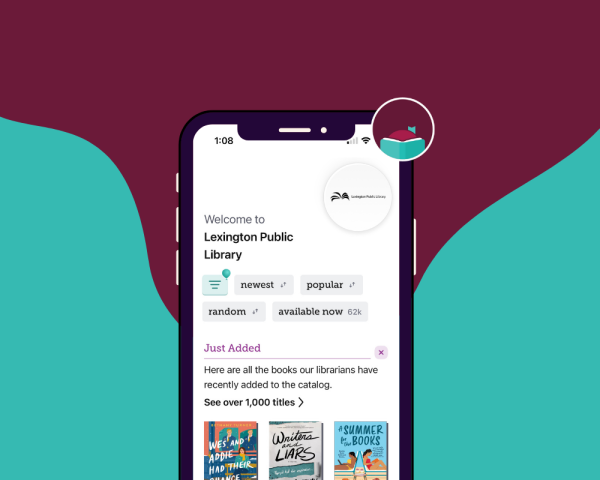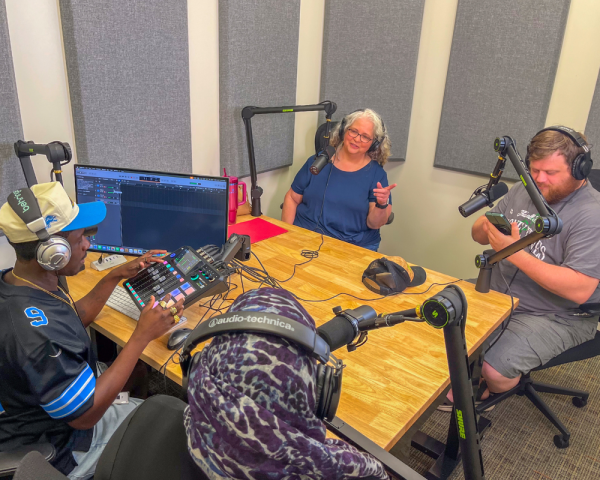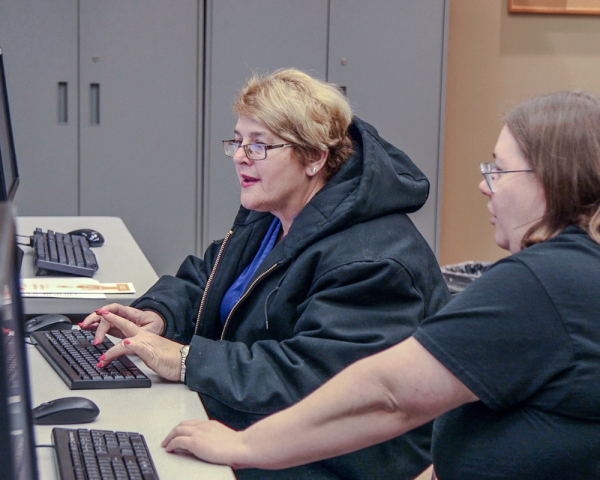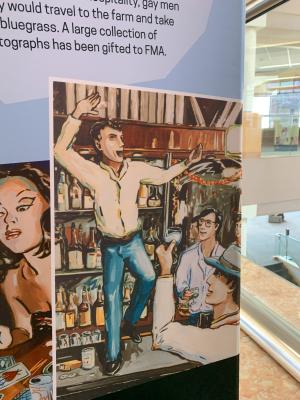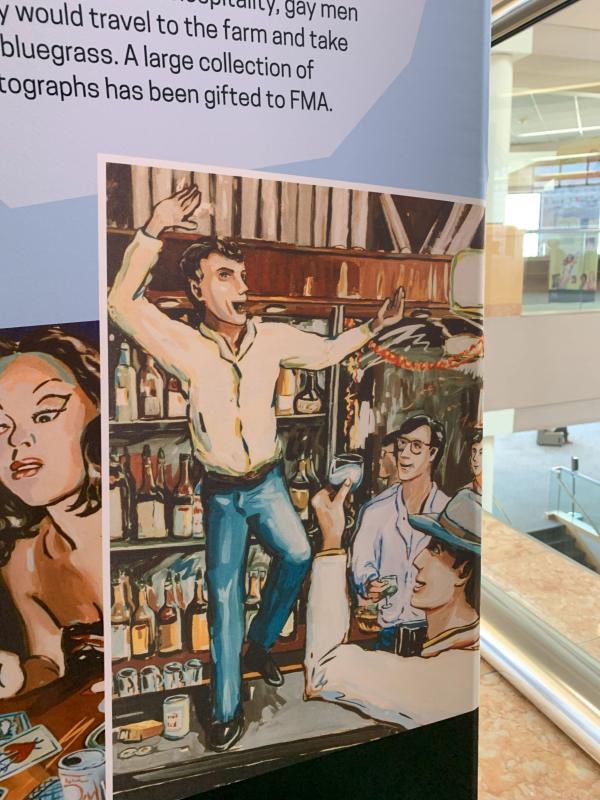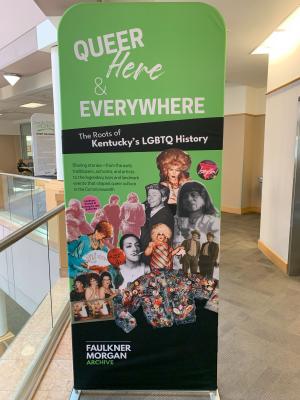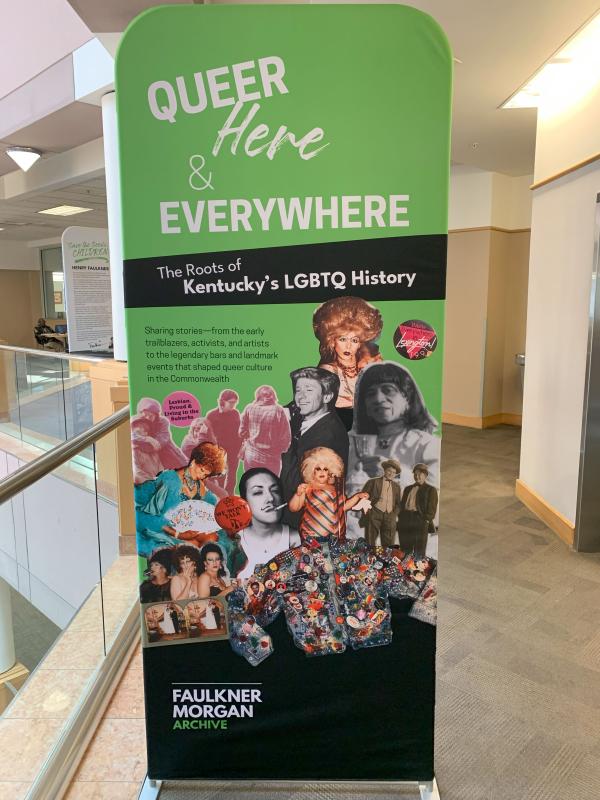

Website Search
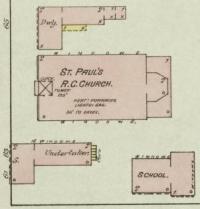
St. Paul the Apostle Roman Catholic Church was formally created in the Covington Diocese in 1868, by Father John Bekkers.

The Morton School Number 1, Lexington’s first public city school in 1834, was originally built on the corner of Walnut (later Martin Luther King Dr.) and Short Street.
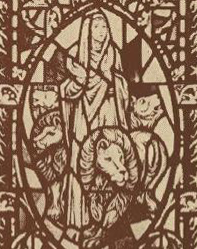
Fayette County churches contain some of the earliest records and information preserved about central Kentucky history. The digital archive contents include church ledgers, minutes, directories, and informational brochures.
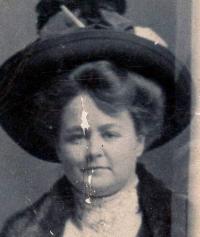
Tina Belle Green Winters Simpler Young (1880-1930), was born in Elmville, Kentucky. Known as Tiny, she was believed to be a sex worker in the 1920s and 30s, and sent $5.00 a week home to support her sister.
A born-and-raised Lexingtonian, Hunter attended Lexington Catholic High School and graduated with a B.S. in Economics from the University of Kentucky Gatton College of Business and Economics in 2015. He is currently a Senior Associate at BC Wood Properties, a commercial real estate investment company, where he manages 1.8 million square feet of commercial space throughout six states. Hunter has a passion for community involvement, serving on various boards for the Explorium of Lexington, United Way of the Bluegrass, University of Kentucky DanceBlue Marathon, and Make-A-Wish Kentucky.
New to the U.S. and Lexington community? Check out these programs for English language learners.
Throughout the fall of 2023 and into the winter for 2023, the Lexington Public Library will be embarking on a strategic visioning process that will guide library programs and services for the next three years.

Search selected articles in Lexington newspapers about significant people, places, and events from 1787-2007.
Queer, Here, & Everywhere: The Roots of Kentucky’s LGBTQ History is the first comprehensive exhibition of Lexington’s LGBTQ history, showcasing the importance of the queer community in this city
Highlighting key moments and figures in Lexington's LGBTQ history, from Sweet Evening Breeze's drag performances in the 1920s to the passage of the Fairness Ordinance in 1999, this exhibit celebrates the resilience and contributions of the queer community. By shedding light on these often overlooked narratives, we hope to foster a greater sense of belonging for LGBTQ individuals in Lexington while also promoting understanding and appreciation among the broader population.
Learn more about this exhibit here.
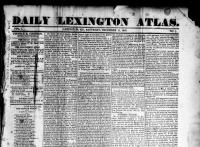
The Daily Lexington Atlas ran from December 11, 1847 through November 20, 1848 and was Lexington’s first daily paper, and the first to publish information from the telegraph lines.
Our commitment to listening, learning and changing is ongoing and our work is never complete. We affirm that we achieve more together because of our differences, not despite them. When all voices are heard, we are stronger.
The Lexington Public Library has made an effort to ensure that all of our digital collections are public domain, or that we have gotten approval from the copyright holders to display their work. Most - but not all - of these collections, to the best of our knowledge, have no known US copyright restrictions. Some items in the collection are under copyright but qualify for online display by libraries under Section 108(h) of United States Copyright Law. Some of the collections provided in the Library's Digital Archives are made available under an assertion of fair use, which does not necessarily apply to an individual's use of them.
Eligible applicants can complete this form to apply for a digital library card.
An eligible parent or legal guardian can complete this form to apply for a digital library card for a juvenile.
All locations will be closed on Monday, May 25, for Memorial Day.

